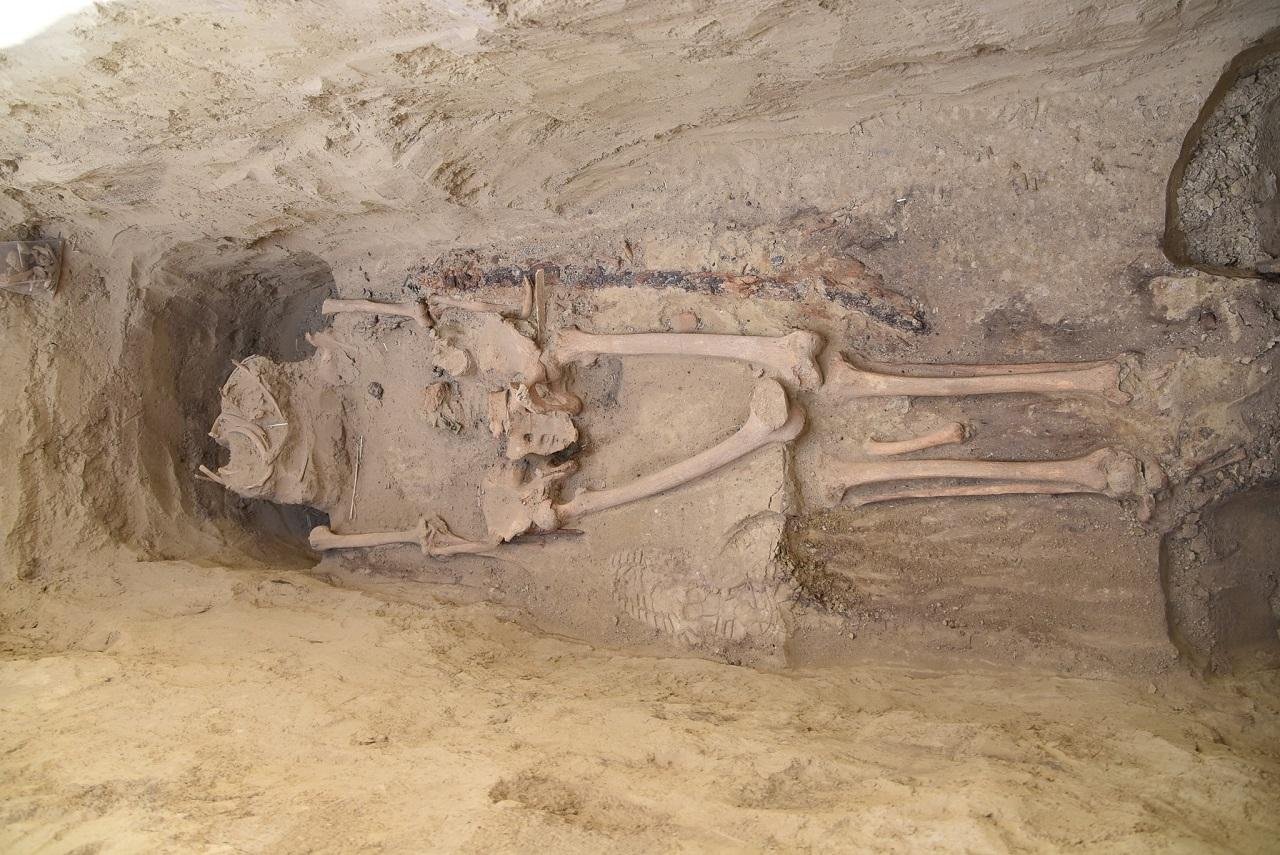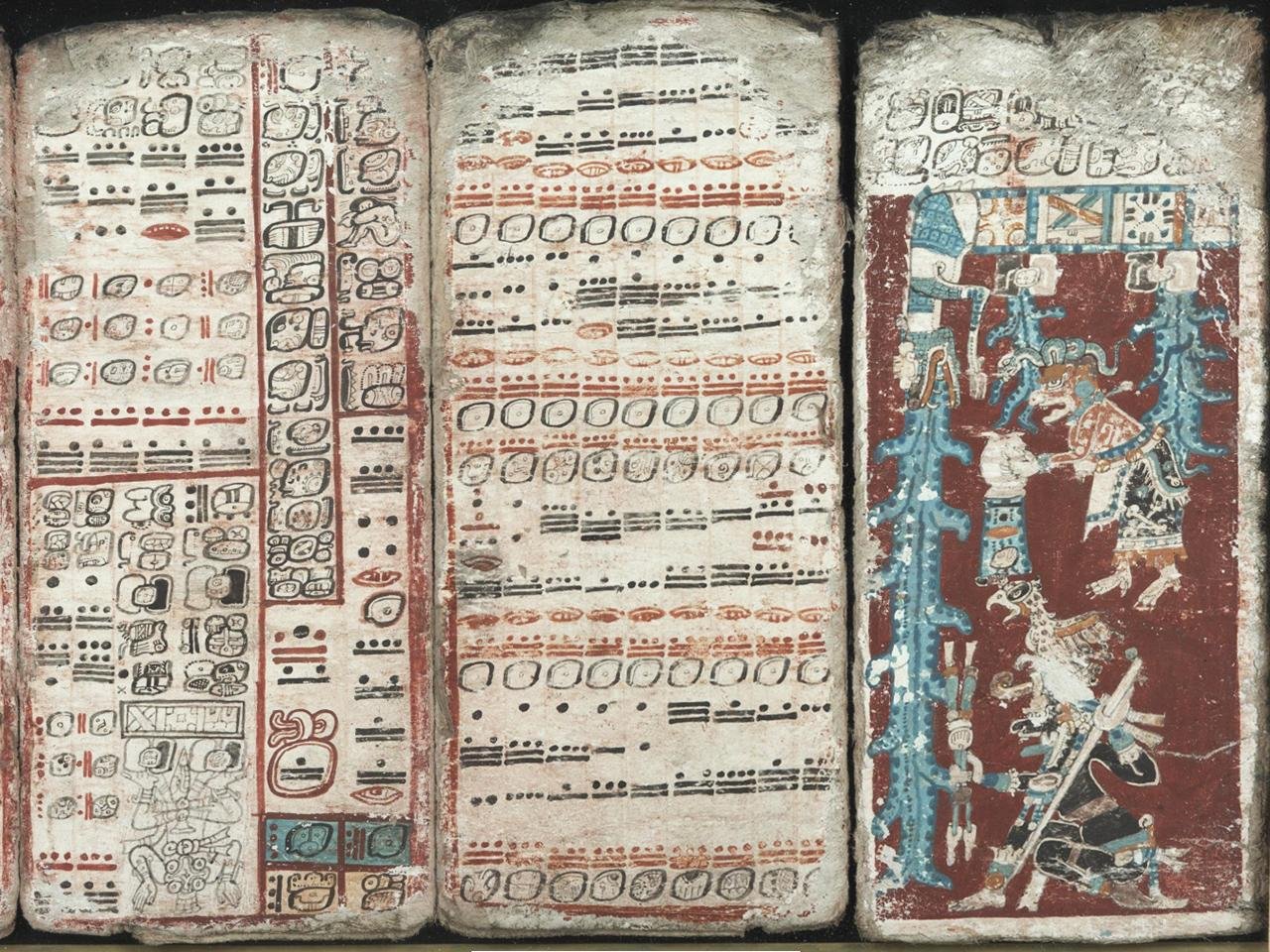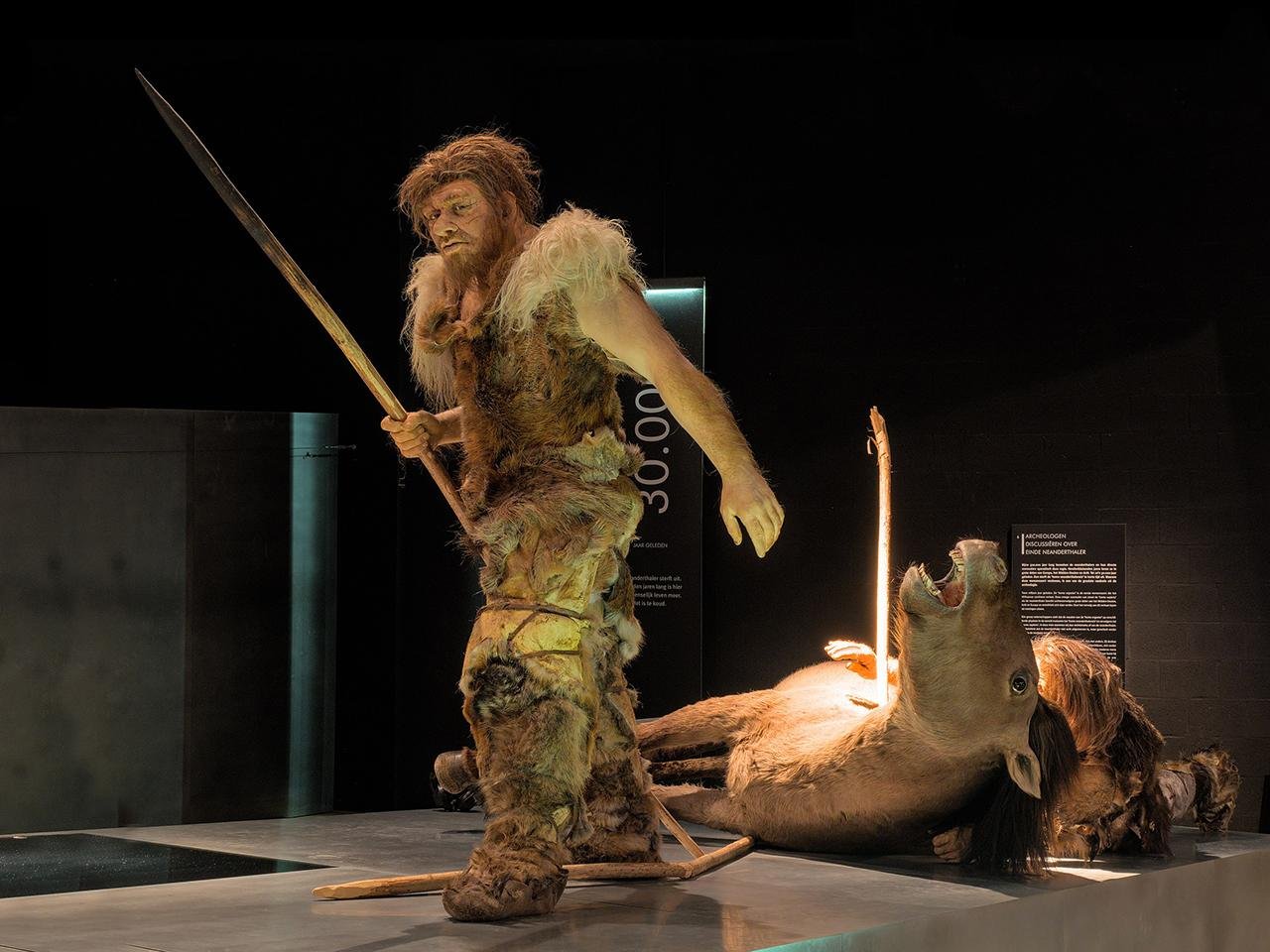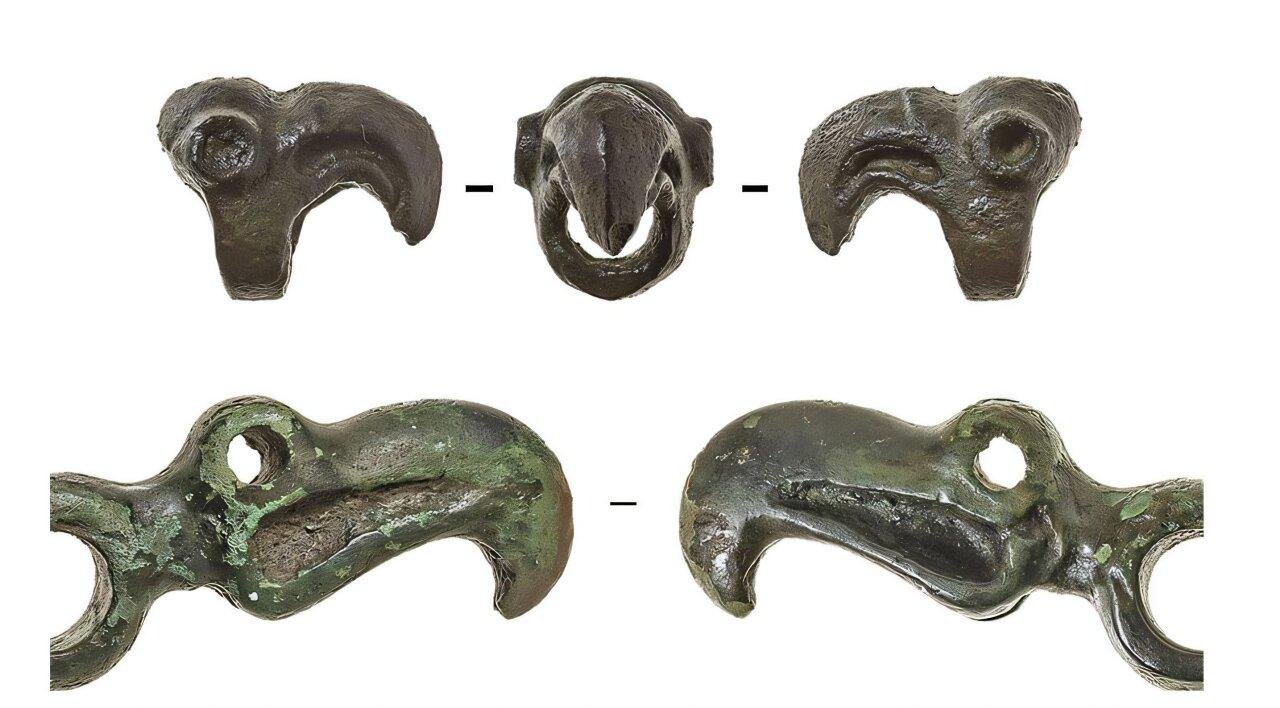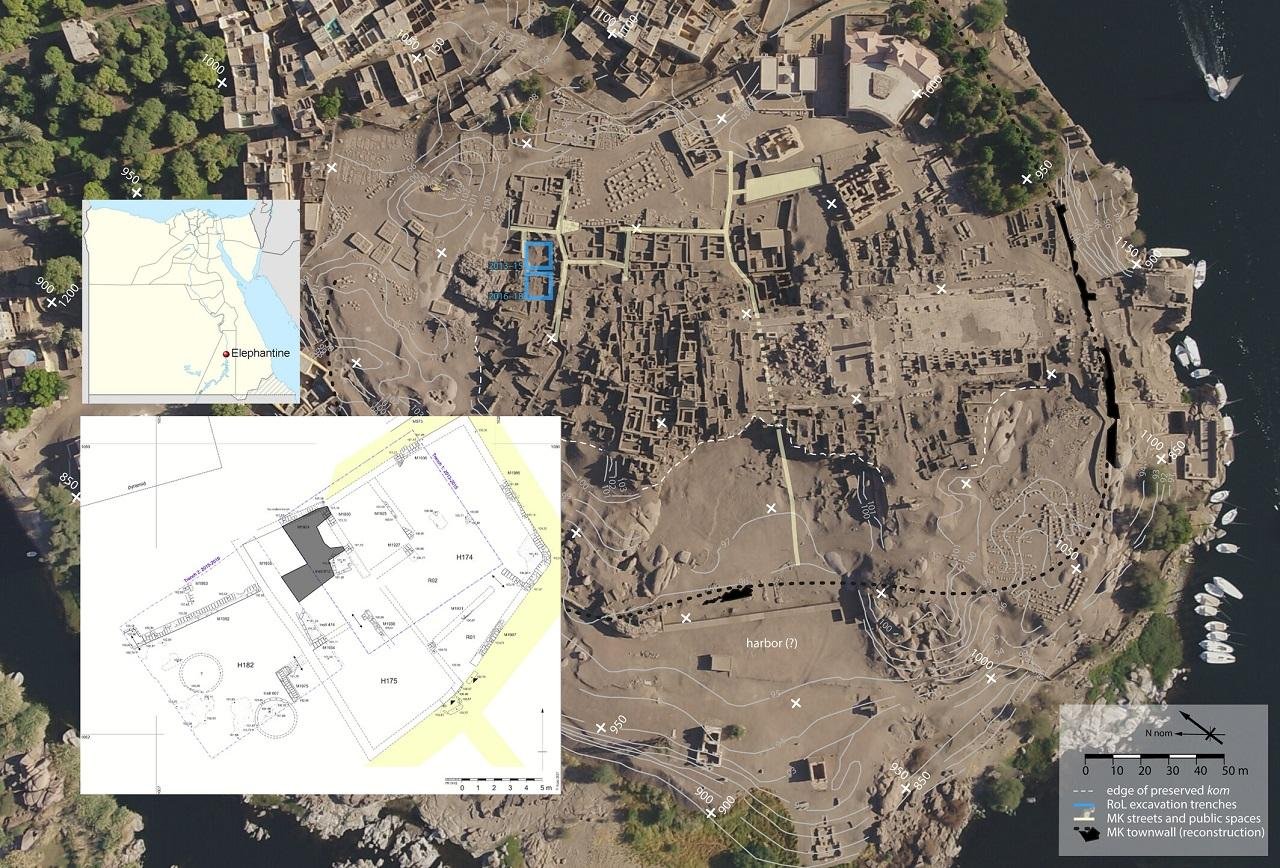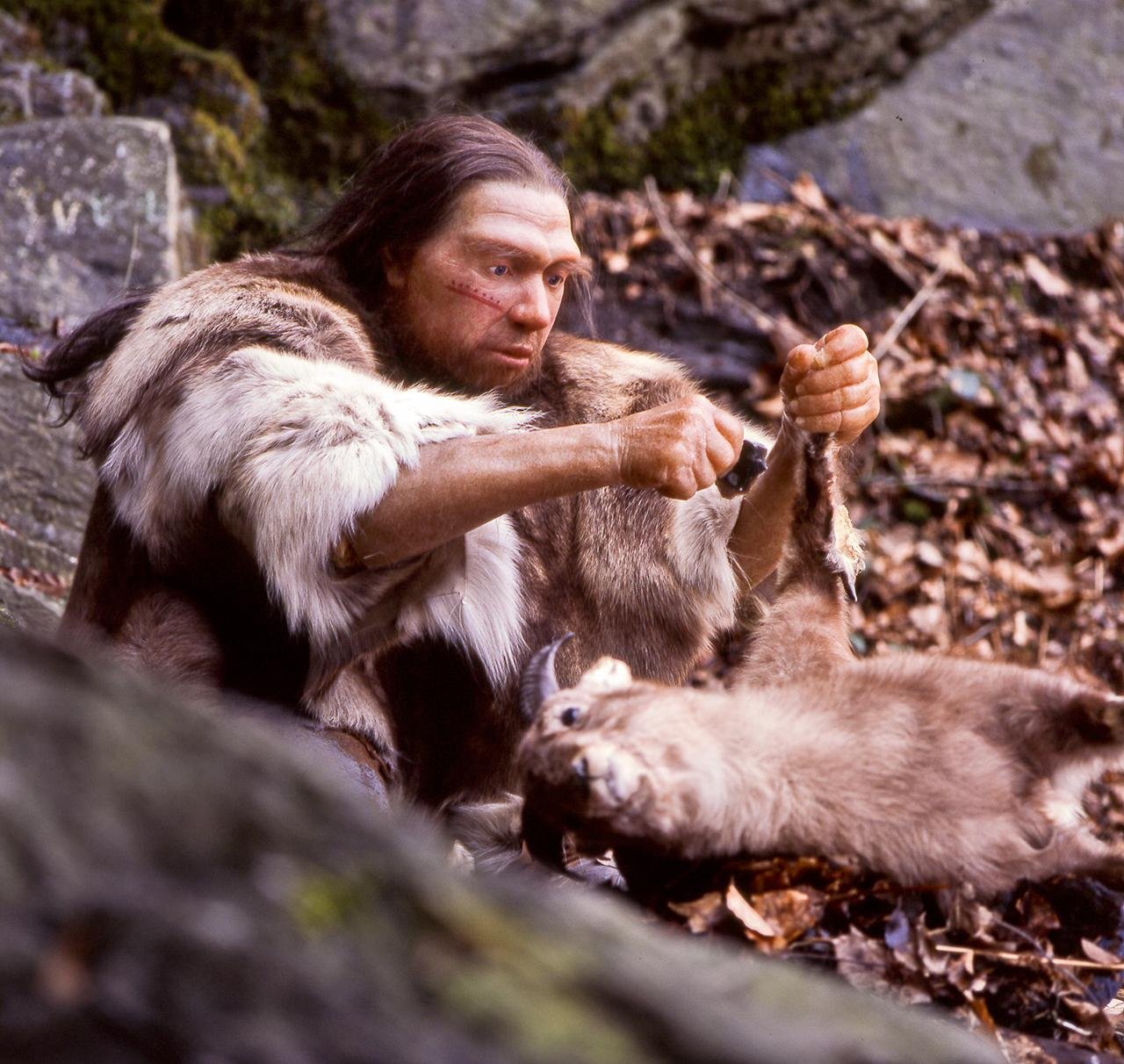A recent archaeological study has uncovered an extraordinary cultural phenomenon in Neolithic China: the systematic modification of human bones. In the journal Scientific Reports, the research documents the first and only known example of this practice in prehistoric China, adding another window into the Liangzhu civilization that existed in the Yangtze River Delta from around 5,300 to 4,500 years ago.
 Mask-like facial skull (Type B). Scale bar is 5 cm. Credit: J. Sawada et al., Scientific Reports (2025) / CC BY-NC-ND 4.0
Mask-like facial skull (Type B). Scale bar is 5 cm. Credit: J. Sawada et al., Scientific Reports (2025) / CC BY-NC-ND 4.0
Liangzhu culture is most famous for its urbanization, earthwork tombs, water control systems, and jade objects. At its height, Liangzhu society built large walled settlements with palaces, workshops, and cemeteries, which demonstrated high levels of organization and social stratification. Among these achievements, archaeologists now recognize a previously unknown aspect of Liangzhu life: the shaping of human bones into distinctive forms.
From a total of 183 human bones examined, 52 showed deliberate modification. Such remains, often found discarded in moats and canals, appeared in various forms. Best known are skull cups, created by horizontally cutting the calvarium to form bowl-like shapes. Other forms include mask-like skulls split across the face, mandibles with flattened bases, limb bones shaped for possible use as tools, and small skull pieces roughly worked into plate-like forms. One extremely rare find was a child’s skull bearing two polished perforations and abrasions on its surface, a piece with no known parallels in Chinese archaeology.
Remarkably, nearly 80 percent of the bones were left unfinished, suggesting deliberate abandonment or that the material was not highly valued as rare or sacred. Many of these finds came from Zhongjiagang, a main workshop site within the Liangzhu urban complex, suggesting a standardized process rather than isolated or symbolic behavior. Radiocarbon analysis shows that most of this activity occurred between 4,800 and 4,600 years ago, during the peak of Liangzhu’s cultural power.
 Skull with posterior perforations (Type D). Scale bar is 5 cm. Credit: J. Sawada et al., Scientific Reports (2025) / CC BY-NC-ND 4.0
Skull with posterior perforations (Type D). Scale bar is 5 cm. Credit: J. Sawada et al., Scientific Reports (2025) / CC BY-NC-ND 4.0
Unlike other examples of worked human remains elsewhere in the world, there is no evidence of violence, ritual killing, or dismemberment. The bones do not show signs of cut marks, which means they were collected after natural decomposition rather than as a result of conflict or sacrifice. This suggests a very different relationship with the ᴅᴇᴀᴅ compared to the ancestor-focused practices of most Neolithic cultures.
In earlier smaller-scale communities, the ᴅᴇᴀᴅ were ritually buried, where kinship ties were strong. In Liangzhu’s mᴀssive urban centers, which encompᴀssed far larger and more stratified populations, a new approach appears to have emerged. The modified bones could be what scientists term the “anonymous ᴅᴇᴀᴅ” — individuals outside close kinship networks and without ancestor-worship rituals. Instead, their remains became raw materials in a society where personal memory and idenтιтy were increasingly effaced by urban life.
This practice endured for over two hundred years, suggesting that it was not a temporary experiment but a well-established cultural tradition. Its sudden appearance, absent in earlier Chinese prehistory, may signal how urban life reshaped social bonds and perceptions of mortality. By depositing unfinished bone objects in waterways, the Liangzhu people may have been engaging in symbolic or practical routines tied to their new social realities.
This discovery challenges previous views of early Chinese mortuary traditions. Liangzhu’s worked bones show how sudden population growth and urban sophistication changed the ways people viewed both the living and the ᴅᴇᴀᴅ.
More information: Sawada, J., Uzawa, K., Yoneda, M., Hagihara, Y., Itahashi, Y., Gakuhari, T., … Nakamura, S. (2025). Worked human bones and the rise of urban society in the neolithic Liangzhu culture, East Asia. Scientific Reports, 15(1), 31441. doi:10.1038/s41598-025-15673-7
